Typology - Poverty Point Objects
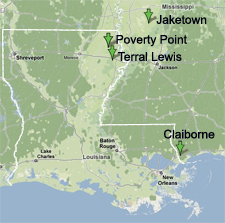 |
Poverty Point Objects (PPOs) are the most common artifact type found at Poverty Point. According to Connolly [1], “PPOs typically account for over 75% of the cultural materials in excavated assemblages” (by volume). PPOs have been recovered from a number of different sites in the region, and are considered to be a diagnostic artifact of the Poverty Point culture.
PPOs are also referred to as “cooking balls” or “clay balls”, providing a clue as to their presumed function. These objects appear to have been heated in a fire and placed inside earth ovens to help cook the food. We will discuss the manufacture and use of these objects more later, but for now we will focus on the types of PPOs. |
|
The four most common types of PPOs found at the site (in order of abundance) are: Melon Grooved, Cylindrical Grooved, Cross Grooved, and Biconical. Of these, two appear to be good temporal types. Cylindrical Grooved PPOs are most common in the lowest excavation levels (and are less frequent in upper levels), while Biconical PPOs are more commonly found in the upper levels (and are extremely rare in the lower most levels).
|
||
Melon Grooved |
||
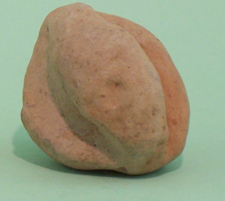 |
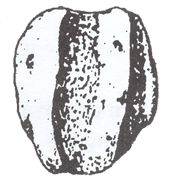 |
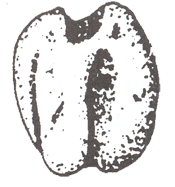 |
Cylindrical Grooved |
||
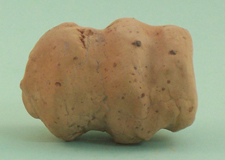 |
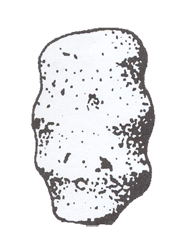 |
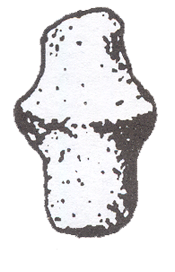 |
Cross Grooved |
||
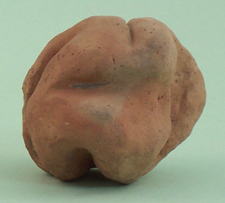 |
 |
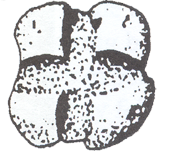 |
Biconical |
||
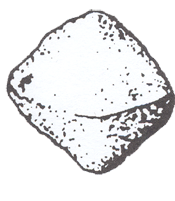 |
 |
|
| Interesting Fact Why did the people living at the site go to the trouble of making PPOs, rather than just using hot rocks in their earth ovens? Although it may be difficult to us believe, living in the incredible rocky state of Rhode Island, there are few naturally occurring rocks in this part of Louisiana. In essence, they had to artificially create rocks using soil (the “clay balls” aren’t actually made of clay). PPOs are rarely found in places with abundant naturally occurring rocks. |
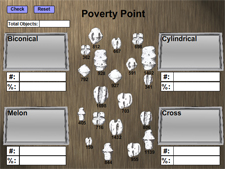 |
Interactive ActivityIn the following page you will be asked to sort and count the different types of Poverty Point objects from four different sites. Remember the drawings from this page, as they will represent the types of Poverty Point objects in the following activity.
|
 |

